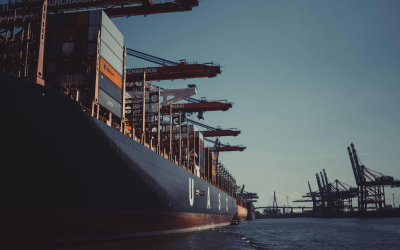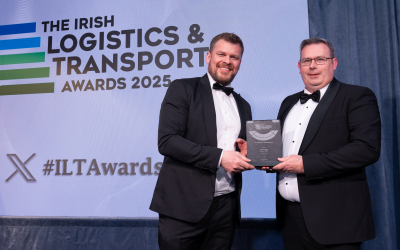Ireland’s transition to greener urban mobility has gained major traction as its fleet of battery-electric buses more than doubled in just one year, climbing from 96 in 2024 to over 200 in 2025. The milestone, confirmed by the Department of Transport and reported by The Irish Times, positions Ireland firmly on track toward its ambitious goal of a fully zero-emission public service fleet by 2035.
Operated by Bus Átha Cliath – Dublin Bus and Bus Éireann, the electric fleet expansion forms part of a wider strategy under the National Transport Authority’s 2022 framework agreement with Wrightbus, covering up to 800 vehicles. Around 400 of these units are already under procurement, though earlier rollouts were slowed by infrastructure and planning permission delays.
The Department’s long-term target aims to replace all 1,800 Public Service Obligation (PSO) urban buses with zero-emission models over the next decade. This includes expanding electrification beyond major cities into regional and rural routes under the Sustainable Mobility Policy and the Connecting Ireland Rural Mobility Plan. Athlone has already emerged as a model for smaller-scale electrification, integrating charging facilities and network redesigns to boost both efficiency and sustainability.
Financing remains crucial to sustaining momentum. AIB, through its green finance strategy, continues to back large-scale electric transport and rail projects. According to Yvonne McCarthy, AIB’s head of sustainability research, the bank’s investment is vital to meeting Ireland’s decarbonisation goals.
Each electric bus is estimated to prevent around 86 tonnes of CO₂ emissions annually, meaning the current fleet could reduce national emissions by over 17,000 tonnes per year. As technology evolves, the next challenge lies in developing long-range electric coaches capable of replacing diesel units on express routes.
Explore how Ireland’s transport transformation is shaping a cleaner future, read the full article here.













.png)

